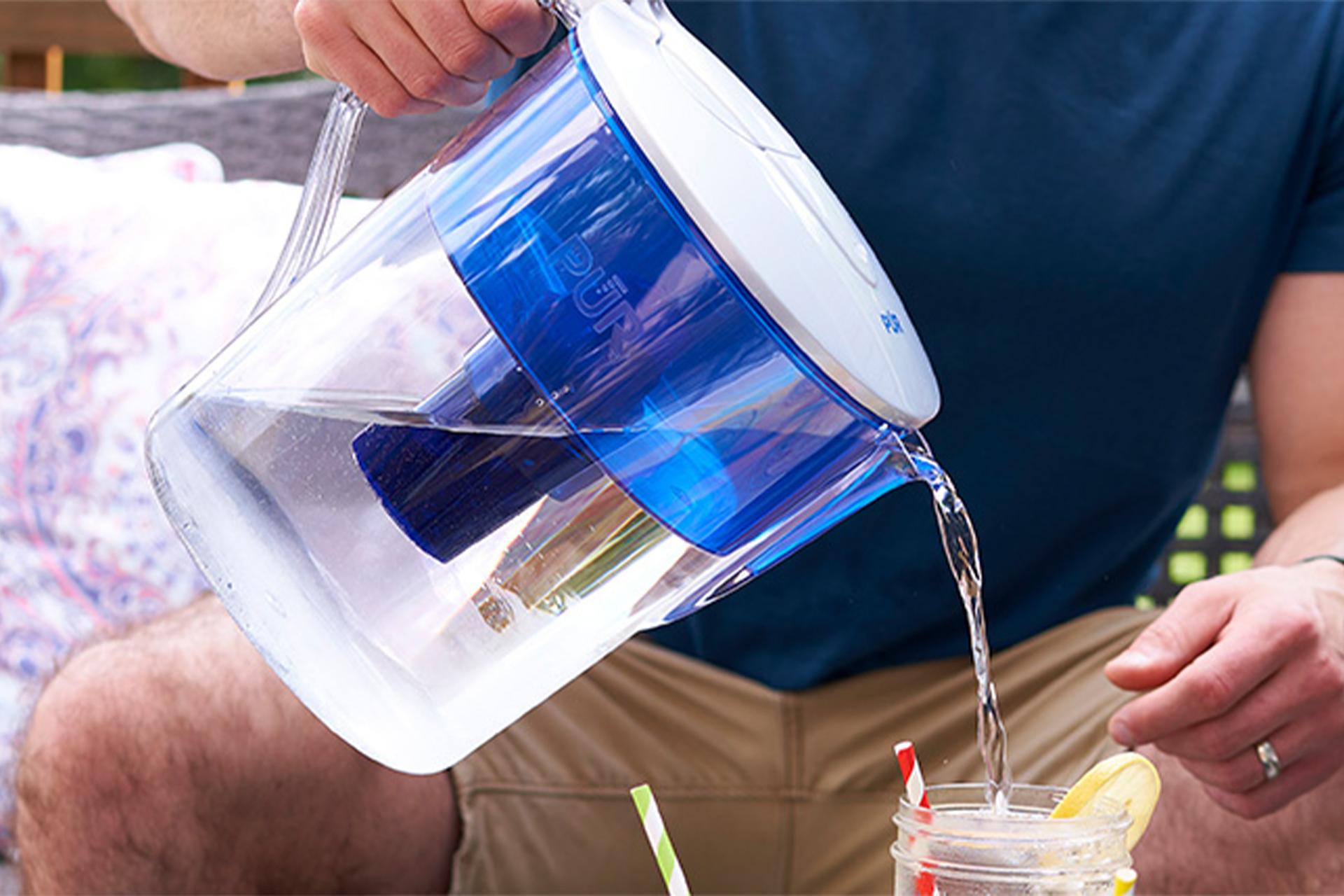Helen of Troy showcased improving operating performance in its first quarter, during which earnings and revenue, while down year over year, surpassed analyst estimates.
Net income was $22.6 million, or 94 cents per diluted share, compared with $24.6 million, or $1.02 per diluted share, in the year-previous quarter. Adjusted for one-time events, diluted earnings per share were $1.94 versus $2.41, in the year-before period, the company reported.
An analyst consensus estimate published by Yahoo Finance called for earnings per adjusted diluted share of $1.59 and revenues of $465.4 million.
Consolidated net sales revenue was $474.7 million, a decrease of 6.6% versus the year-earlier quarter, Helen of Troy maintained. Operating income was $40.6 million while adjusted operating income was $66.2 million versus $33.9 million and $69.3 million, respectively, in the year-prior period.
Home & Outdoor net sales revenue slipped 7.3%, to $217.1 million in the quarter year over year. A decrease in organic business of 7.2% resulted primarily from a decline in the insulated beverage category and lower houseware sales because of a reduction in club channel programs and the impact of the Bed Bath & Beyond bankruptcy. An increase in online channel sales reflecting improved retailer replenishment orders and stronger consumer demand for travel-related products in the outdoor category partially offset the negative factors, Helen of Troy noted.
Home & Outdoor segment operating income was $22.1 million compared to $29.8 million in the quarter a year previous. The 250 basis point decrease in operating margin resulted primarily from a charge of $3.1 million related to the bankruptcy of Bed, Bath & Beyond, restructuring charges of $2.8 million, higher distribution expense, increased marketing expense, higher inventory obsolescence expense, an increase in outbound freight costs and unfavorable operating leverage. Lower share-based compensation expense, a more favorable customer mix and lower inbound freight costs partially offset the negative factors. Adjusted operating income slid 8.9% to $34.3 million, Helen of Troy noted.
Beauty & Wellness net sales revenue declined 5.9%, to $257.5 million in the quarter year over year. A decrease from organic business of $22.2 million, or 8.1%, resulted primarily from lower sales of seasonal fans, hair appliances and air filtration and humidification products resulting mostly from SKU rationalization efforts, softer consumer demand, shifts in consumer spending patterns and reduced orders from retail customers as they rebalance trade inventory levels given softer consumer spending. An increase in sales of thermometry and prestige market hair care products, growth in international sales, and the favorable comparative impact of shipping disruption in the same period a year past caused by a weather-related incident involving an ancillary distribution facility partially offset the negative factors. A contribution of $6.1 million from the acquisition of Curlsmith helped offset the organic business decrease, according to Helen of Troy.
Beauty & Wellness operating income was $18.5 million compared to $4.1 million in the quarter a year before. The 570 basis point increase in segment operating margin resulted primarily from a favorable comparative impact of EPA compliance costs of $11.6 million incurred in the year-past period, lower share-based compensation expense, the favorable comparative impact of acquisition-related expense incurred in the prior year period, a more favorable product mix driven by SKU rationalization efforts, lower distribution expense, reduced marketing expense, a decrease in legal fees and lower inbound freight costs. Higher inventory obsolescence expense, restructuring charges of $4.6 million, higher annual incentive compensation expense, a charge of $1.1 million related to the bankruptcy of Bed, Bath & Beyond, an increase in outbound freight costs and unfavorable operating leverage partially offset the positive factors. Adjusted operating income advanced 0.6% to $31.9 million
Julien Mininberg, Helen of Troy CEO, said, “I am pleased to report that first quarter financial performance exceeded our expectations despite continued pressure on certain categories from lower consumer demand and shifting buying patterns. Several leadership brands outperformed and also grew market share in the United States. International sales also outperformed during the quarter as our strategic choice to ‘double down on international’ continues to pay off. As expected, we significantly improved our gross profit margin and expanded adjusted operating margin during the quarter. We also delivered outstanding free cash flow as we further reduced inventory and improved working capital. In line with our stated objective, we used our strong cash flow to reduce our debt, putting us in a better position to deploy additional capital sooner. Pegasus remains on track and its structural changes are working across our regional market organizations, business segments and shared services. I am very pleased with how well our organization is executing, not only on Pegasus, but also across the many other initiatives underway to drive results this fiscal year and over the long term.”
Mininberg added that Helen of Troy is reiterating its “outlook for the full fiscal year on sales, adjusted EPS, margin expansion, free cash flow, Pegasus savings and year-end net leverage ratio. We continue to expect adjusted EPS growth in the second half of fiscal 2024. Our outlook continues to include continued pressure on several of our categories as consumers continue to adjust their spending in an environment of inflation and interest rates that are expected to remain higher. Our retail partners now have more normalized inventory levels and are increasingly matching their orders to consumer demand after significant adjustments affecting nearly all consumer discretionary categories over the past year. Our focus remains on delivering consistent business results, using our strong cash flow to reinvest back into our business, and reengage our value-creation flywheel for sustained longer-term growth.”





